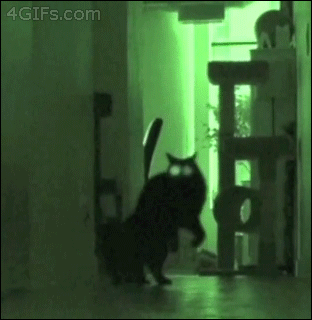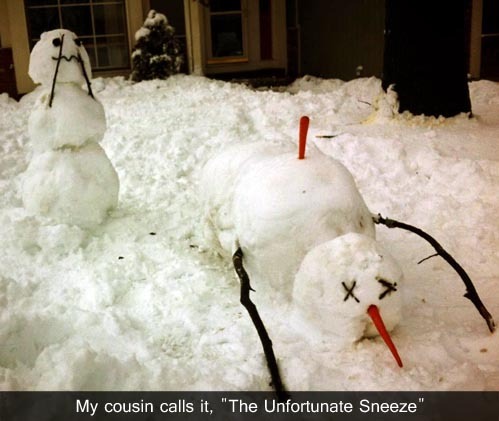There are some faults to be seen in this photo, and the "splort" mentioned yesterday is to the right middle edge. But what I want to draw attention to is the nature of sedimentation in the block to the left of the fault running diagonally from top right to bottom left. Starting from the bottom, overhanging, bit and working up, we first see some pretty well-sorted, finely stratified, fine-grained deposits. This would indicate a period of relative calm. Above that, a layer that is suddenly chaotic, poorly sorted, and much coarser overall. In addition, I'm seeing a suggestion of reverse grading, that is, it looks as if the clasts *may* be getting larger upwards- this would indicate an increasingly energetic environment. I'm very tentative on this point, though- it's just not as clear-cut as I'd like it to be. This coarser layer would indicate a burst in activity at the vent, creating a debris-laden wave, or surge, that was capable of carrying those large, cobbly clasts quite a distance- I don't think those are bombs. They're too angular and too abundant for that.
That paired sequence of fine (low energy)/coarse (high energy) then repeats three more times, and is capped with a final low energy interval, before switching to a period of moderate energy deposition. Lapilli-sized debris was consistently deposited, the finer material being overwhelmed by it, but the coarse large gravel to small cobbles are absent. Then a period of quiescence, followed by more of the moderate energy environment, a short period of peace, then more moderate energy, and we're off the top of the photo.
I don't really know enough to be totally confident in my interpretation here, but it seems logical enough- I'd love to hear from someone who knows more than I do about this kind of volcanoclastic sedimentation. Also, I'd caution that thickness is not equivalent to duration... it's difficult for me to make any guess about relative rates of deposition. I would have a hard time accepting the above sequence was deposited in less than days, nor that it took more than months, but that's simply a gut-level feeling, rather than based on any empirical evidence.
Whatever the reality of this spot is, I find it exhilarating to visit, find bunches of wonderful structures, and speculate wildly about just how they came to be. The esthetic appeal is pretty well up there for me, too.
Photo unmodified. August 20, 2011. FlashEarth Location.
Is This Your Hat?
11 years ago

















































